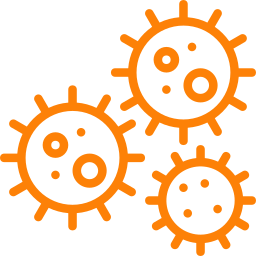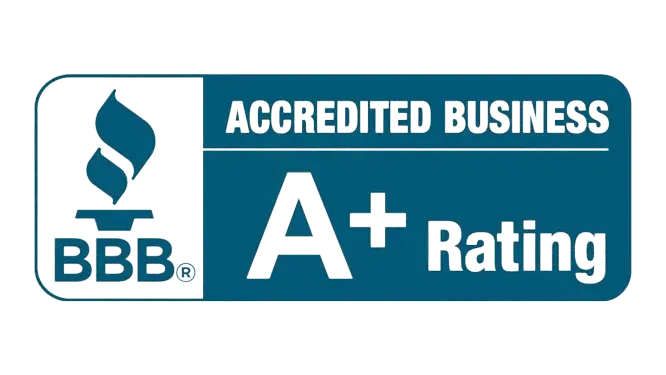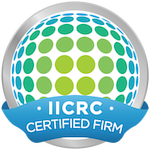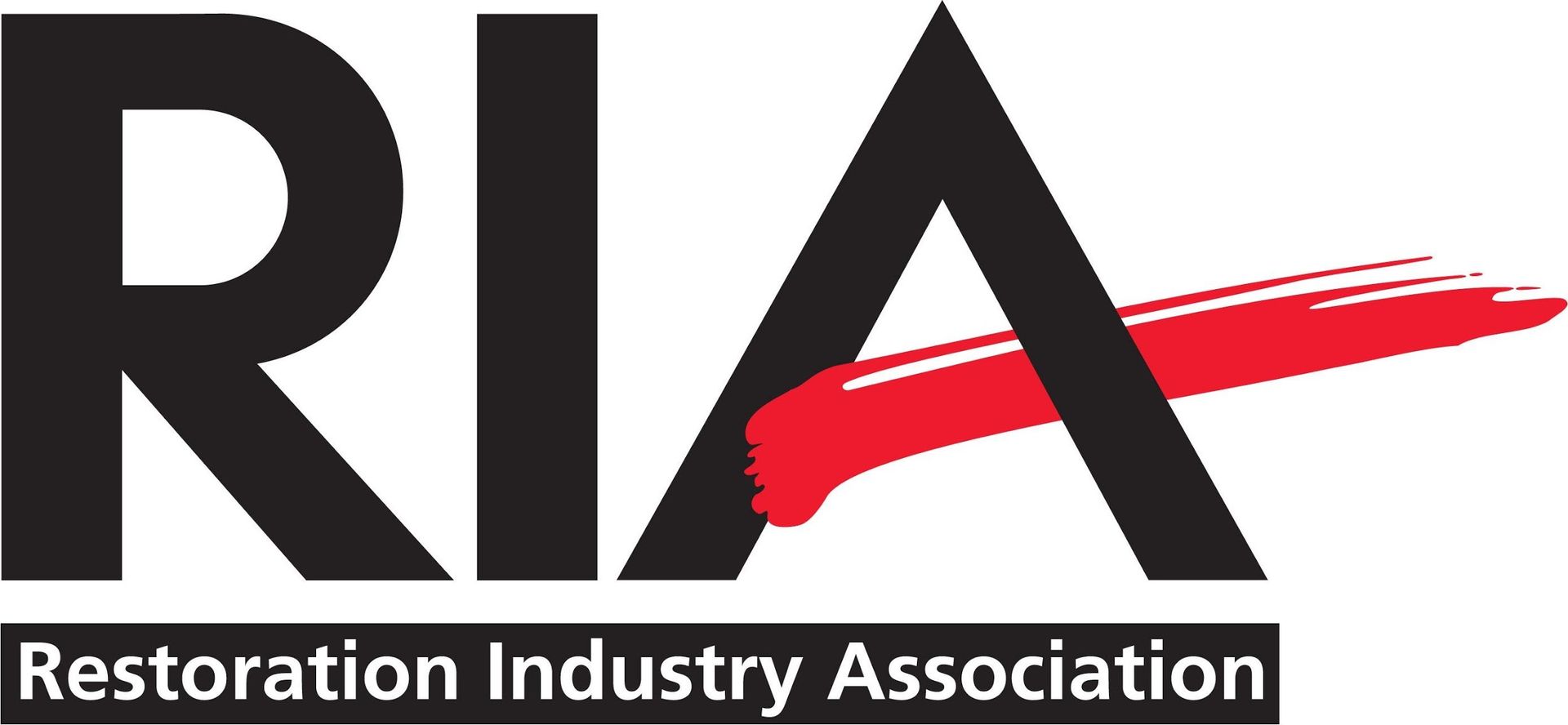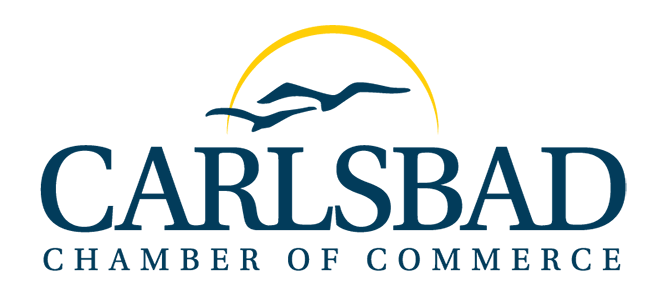Mold removal
Your trusted partner in creating a mold-free, healthy environment.
Mold growth can be a serious problem for homeowners and businesses alike. Not only does it cause unsightly stains and unpleasant odors, but it can also pose significant health risks and compromise the structural integrity of your property. 75 & Sunny offers professional mold removal and remediation services in and around the San Diego and Orange County, CA areas. Our mold removal technicians are all IICRC certified and are up to date on the latest accepted protocols for handling and disposing of mold damaged materials.
Understanding Mold and Its Risks
Mold thrives in damp, humid environments and can quickly spread throughout your property. Common causes of mold include water leaks, flooding, and poor ventilation. Mold exposure can lead to a variety of health issues, particularly for those with allergies, asthma, or weakened immune systems. Symptoms can range from mild respiratory problems to severe allergic reactions.
our mold removal process
1. Inspection and Assessment
Our certified technicians conduct a thorough inspection to identify the source and extent of the mold infestation. We use advanced tools and techniques to detect hidden mold in walls, ceilings, and other areas.
2. Containment
To prevent the spread of mold spores to unaffected areas, we establish containment barriers using plastic sheeting and negative air pressure systems.
3. Removal and Disposal
We safely remove and dispose of all contaminated materials, including drywall, insulation, and carpeting. Our team follows industry best practices and adheres to all safety regulations to ensure proper handling and disposal.
4. Cleaning and Disinfection
All affected surfaces are meticulously cleaned and disinfected using specialized cleaning agents designed to kill mold spores and prevent regrowth. We also use HEPA vacuums and air scrubbers to remove mold particles from the air.
5. Drying and Dehumidification
Moisture control is crucial to preventing future mold growth. We use professional-grade dehumidifiers and drying equipment to eliminate excess moisture and create an inhospitable environment for mold.
Why Choose 75 And Sunny Remediation?
Experienced Professionals
Our team is highly trained and certified in mold remediation techniques, ensuring effective and safe removal.
Advanced Technology
We utilize the latest equipment and technology to detect and eliminate mold, providing you with the best possible results.
Comprehensive Services
From initial inspection to final remedation, we handle every step of the mold removal process, offering you a seamless and stress-free experience.
Health And Safety Focused
We prioritize your health and safety, taking all necessary precautions to ensure a clean and healthy living environment.
Customer Satisfaction
Our commitment to quality and customer satisfaction is unmatched. We work diligently to exceed your expectations and restore your peace of mind.
Contact Us for Professional Mold Removal
If you suspect mold in your home or business, don’t wait. Contact 75 And Sunny Remediation today for a thorough inspection and effective mold removal services. We offer 24/7 emergency response and quick, free estimates to address your concerns promptly.
mold removal resources
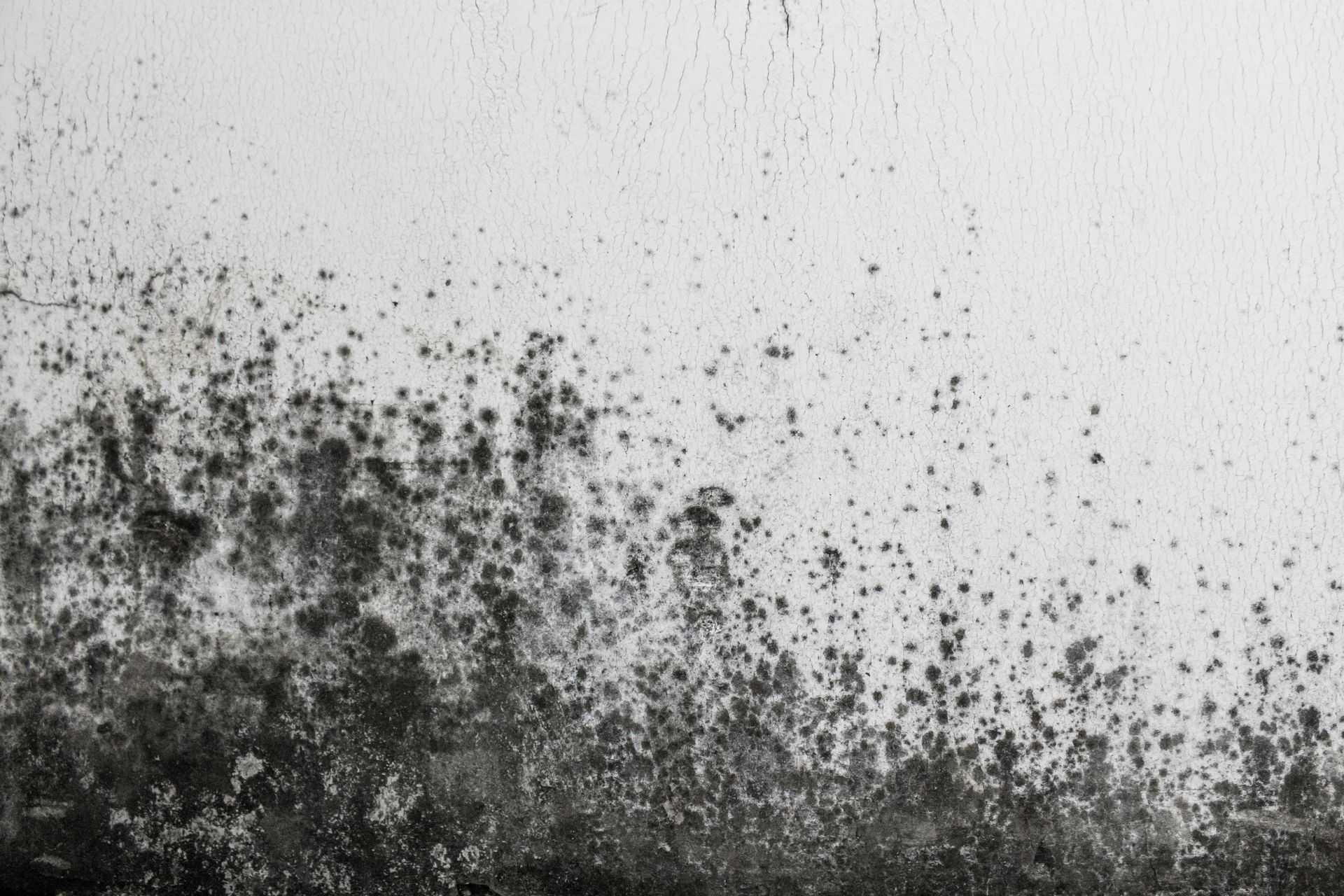
Frequently Asked Questions
How can I tell if I have mold in my home?
Common signs of mold include visible mold growth, musty odors, water damage, and health symptoms such as allergies or respiratory issues. If you suspect mold, contact us for an inspection.
Can I clean mold myself?
Small areas of mold (less than 10 square feet) can often be cleaned with household cleaners. However, for larger infestations or if you have health concerns, it’s best to hire professionals.
How do you prevent mold from returning?
We address the underlying moisture issue, thoroughly dry the area, and apply antimicrobial treatments to prevent future mold growth.

